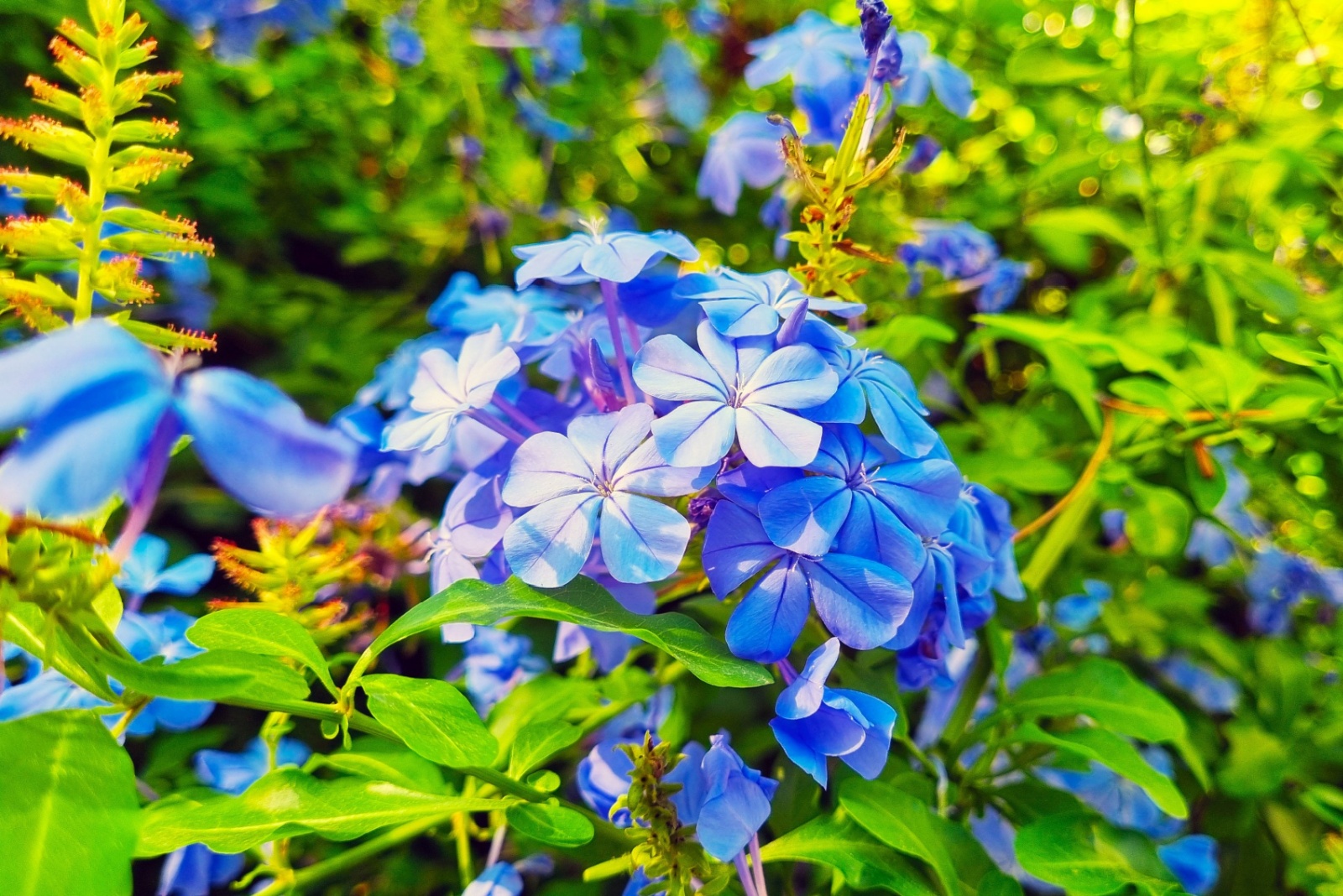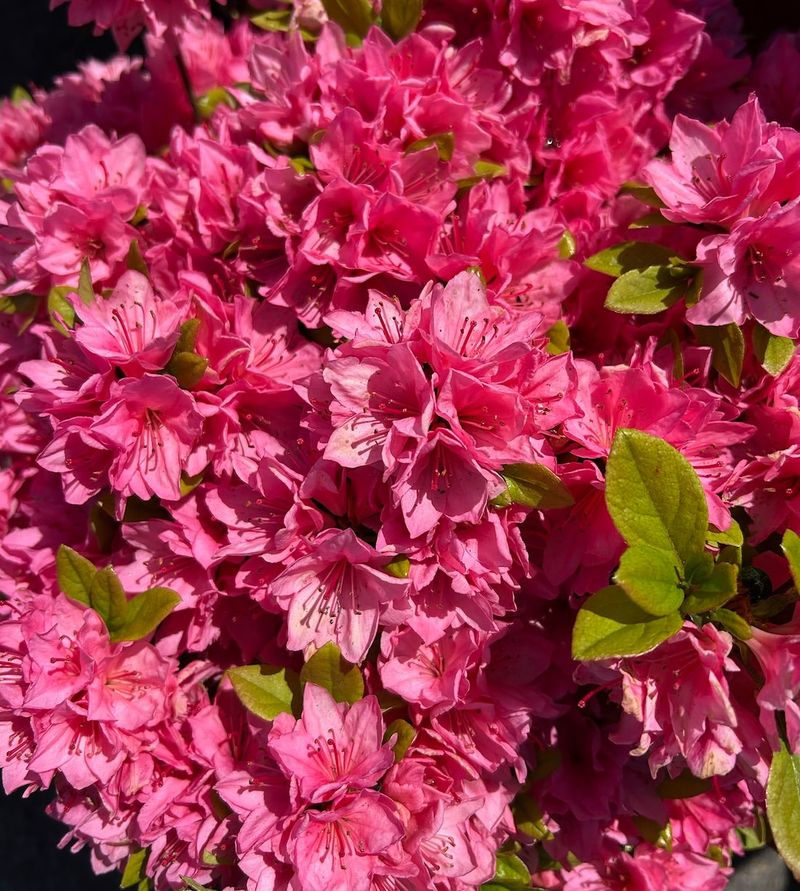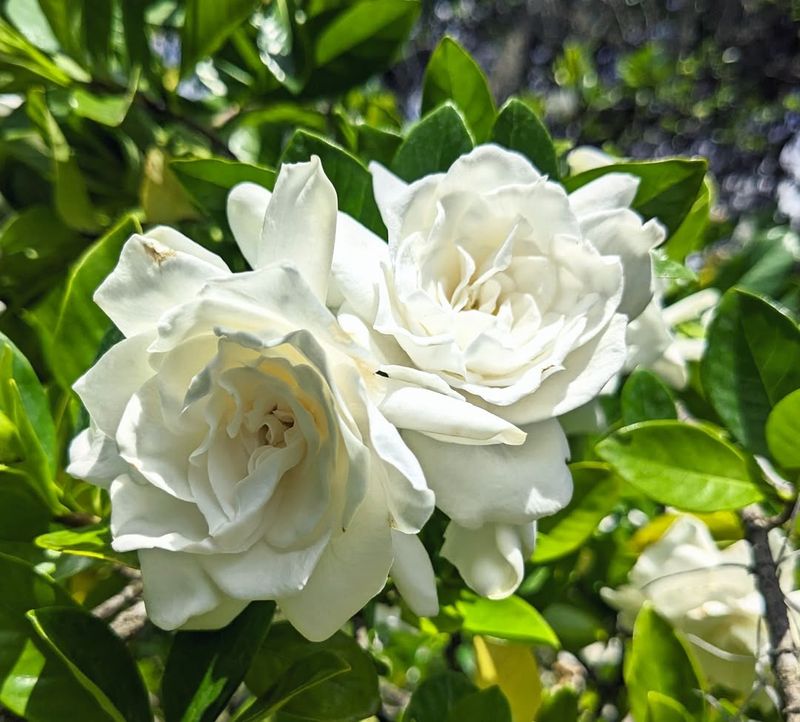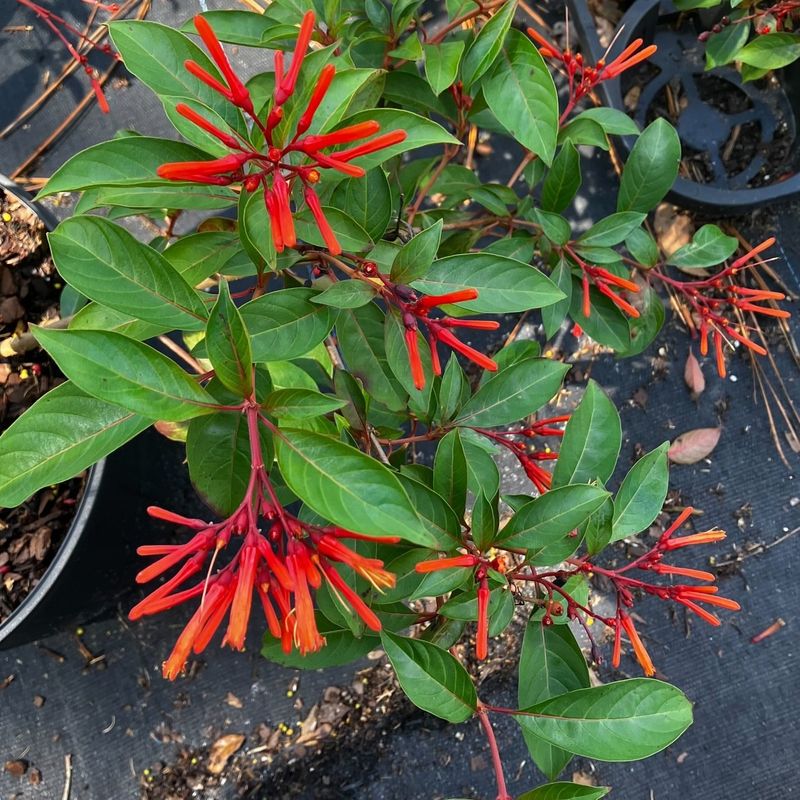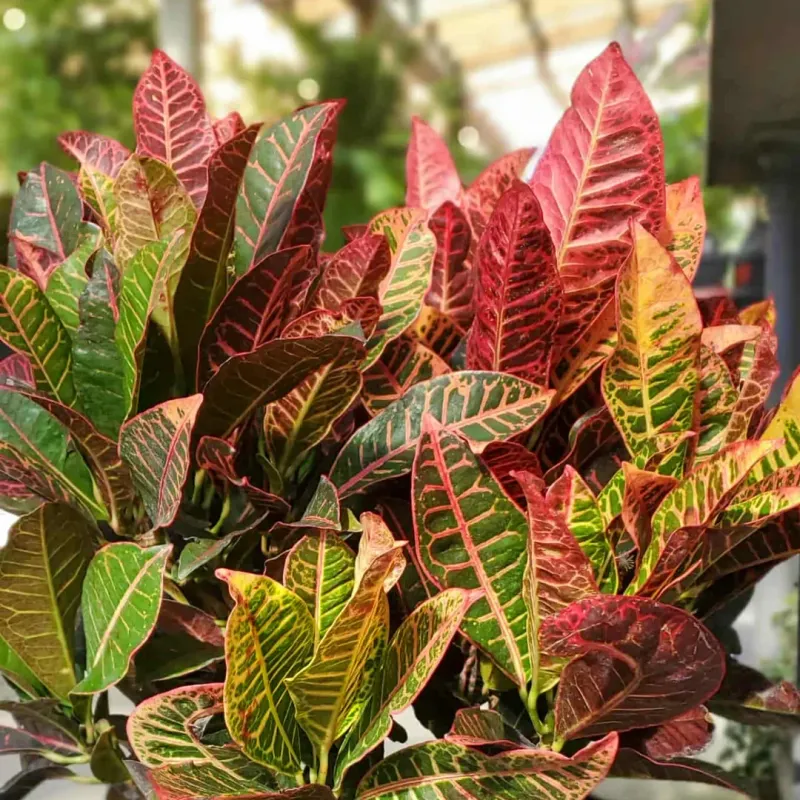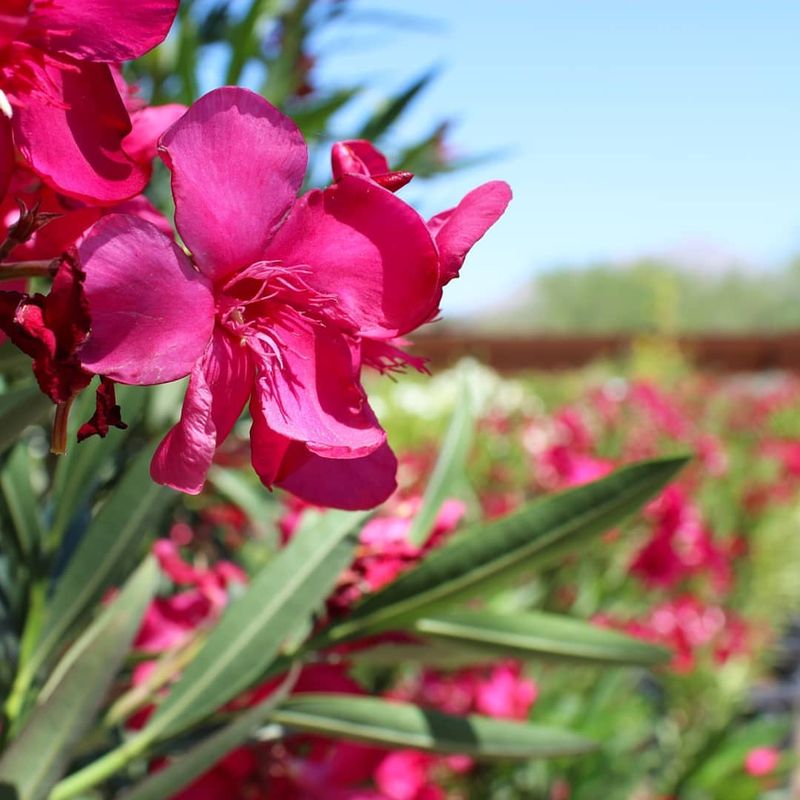November may feel like Florida’s quiet season, but your shrubs are far from clocking out. A few well-placed cuts now can set the stage for a spring landscape that looks fuller, fresher, and far more put-together.
Give the right shrubs a trim while the weather cools, and they’ll reward you with strong new growth and a healthier show once warm days return. A little pruning now means your garden starts spring already a step ahead.
1. Azaleas
Azaleas put on an incredible flower show every spring, but in Florida they need November pruning to stay in top shape. After their blooming season ends, these popular shrubs benefit from light trimming to remove dry branches and shape their form.
Focus on cutting back any leggy growth and thinning out crowded areas to improve air circulation. This prevents disease and encourages fresh, healthy growth.
Your azaleas will reward your November efforts with an explosion of colorful blooms when spring rolls around again.
2. Hibiscus
With their massive, tropical-looking flowers, hibiscus shrubs are Florida favorites that thrive with proper fall care. Pruning in November helps control their size and stimulates new branch growth for next season’s blooms.
Cut back about one-third of the plant’s height, removing any weak or damaged stems first. Make your cuts just above a leaf node at a slight angle.
This encourages bushier growth and more flowering points. Your hibiscus will come back fuller and more vibrant than ever before.
3. Bougainvillea
Bougainvillea’s papery, colorful bracts make it a stunning addition to any Florida yard, especially when properly maintained. November is ideal for shaping these vigorous growers before their spring bloom cycle begins.
Remove any frost-damaged tips and trim back overgrown sections to maintain your desired shape. Don’t be afraid to cut back hard—bougainvillea handles aggressive pruning remarkably well.
Wear gloves though, because those thorns are seriously sharp! Your efforts will result in a spectacular springtime color display.
4. Gardenia
Few plants smell as heavenly as gardenias, and November pruning keeps these fragrant beauties looking their best. Light trimming after their main flowering period helps maintain an attractive, rounded shape.
Remove spent flowers and any branches that cross or rub against each other. Keep cuts minimal since gardenias bloom on old wood from the previous season.
Too much pruning now means fewer of those gorgeous, perfumed white flowers later. A gentle touch ensures maximum blooms and that incredible scent come springtime.
5. Ixora
Ixora shrubs produce stunning clusters of tubular flowers that butterflies and hummingbirds absolutely love visiting. Pruning these compact plants in November promotes denser growth and more flower clusters for the upcoming season.
Trim back any uneven growth to create a neat, rounded appearance. Remove withered flower heads and thin out the interior branches to let sunlight reach the center.
This improves overall plant health and flowering potential. Your ixora will become a buzzing hub of activity when those colorful blooms appear.
6. Firebush
Firebush is a Florida native that practically begs butterflies and hummingbirds to visit with its tubular orange-red flowers. November trimming keeps these fast-growing shrubs from becoming too leggy or overgrown.
Cut back up to half the plant’s height if needed, focusing on maintaining an attractive shape. Firebush tolerates heavy pruning exceptionally well and bounces back quickly.
Regular November maintenance ensures your firebush stays compact and produces abundant flowers throughout the growing season. Wildlife will thank you for keeping this pollinator magnet healthy!
7. Plumbago
Plumbago’s sky-blue flowers create a cooling effect in Florida’s hot climate, making it a landscape favorite. These vigorous growers can get unruly without November pruning to control their size and shape.
Cut back long, straggly stems and remove any dried out wood from the center of the plant. Plumbago responds wonderfully to hard pruning, so don’t worry about cutting too much.
Shape it however you like—it’ll fill back in beautifully. Come spring, you’ll have a tidy, flower-covered shrub that looks professionally maintained.
8. Croton
Crotons are commonly found in Florida, grown for their incredibly colorful foliage rather than flowers, displaying leaves in reds, yellows, oranges, and greens. November pruning helps maintain their compact shape and encourages vibrant new leaf growth.
Remove any damaged or discolored leaves and trim back leggy branches to promote bushier growth. Cut just above a leaf node to encourage branching.
Regular pruning keeps crotons looking full and spectacular rather than sparse and straggly. Your landscape will have year-round color from these stunning foliage plants.
9. Oleander
Oleanders are tough, drought-tolerant shrubs that produce beautiful flowers in shades of pink, white, red, and yellow. November is perfect for shaping these vigorous plants before their spring growth spurt begins.
Remove any wilted or frost-damaged branches and trim back overgrown areas to maintain your desired size. Always wear gloves when pruning oleanders—all parts are toxic if ingested.
Despite this caution, they’re incredibly low-maintenance and forgiving. Proper November pruning ensures a gorgeous display of flowers throughout the warmer months ahead.
10. Indian Hawthorn
Indian hawthorn is a well-behaved evergreen shrub that produces delicate pink or white flower clusters in spring. November pruning keeps these compact plants looking neat and encourages better flowering performance.
Trim back any overgrown branches and remove dry wood to maintain the plant’s naturally rounded shape. Light pruning is all that’s needed—Indian hawthorn naturally stays fairly compact.
Focus on thinning the interior to improve air flow and light penetration. Your shrub will reward minimal effort with masses of pretty springtime blooms and attractive year-round foliage.

